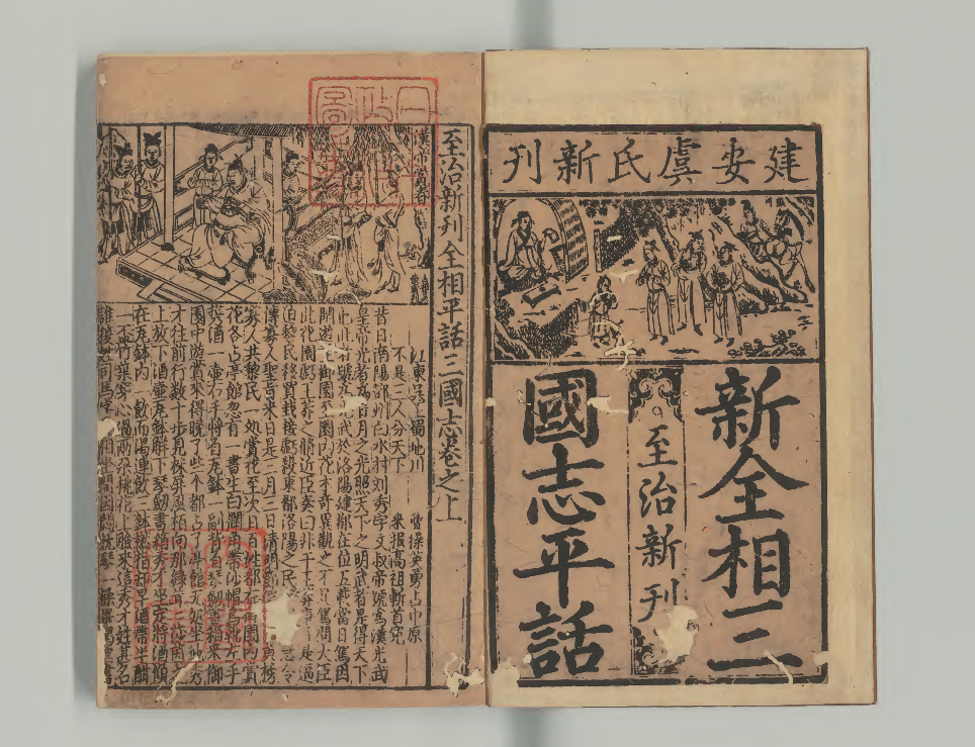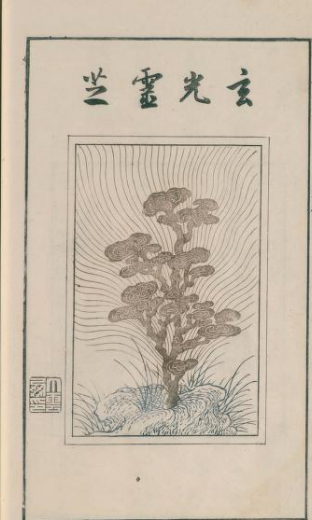In today’s post, I’ll briefly discuss late imperial fiction (xiao shuo 小說). These are very much ‘notes from the field’ based on my encounters wiht only a handful of these. I have many more questions than answers about vernacular novels.
Images
For historians of the book, one of the notable characteristics of late imperial vernacular fiction is the inclusion of images. Images were part of Chinese books from the inception of Chinese printing, but illustrated books were not nearly as common in Ming and Qing China as they were in other parts of the world.
Literary fiction, however, seems to have been illustrated from the very beginning.

